I am slowly making my way through Anand Giridharadas book “Winners Take All: The Elite Charade of Changing the World,” an investigation on how the wealthy’s efforts in social change work actually serves to preserve existing inequalities. The book got me thinking about Impact Catalysts’ work, in which we are often working with clients to figure out how to get more funding from foundations, high net worth individuals, and corporations as part of our financial sustainability practice. Other than posing a moral quandary (do I work to support nonprofits in succeeding in the current power structure or help to dismantle unequal concentrations of power?), the book also made me want to amplify the voices and experiences of nonprofits in Giridharadas’ aptly named “MarketWorld,” the aspirational world in which both profit and positive social change can thrive in the private sector. How are nonprofits faring? Which nonprofits are doing better than others? What do nonprofits give in exchange for success?
I am currently exploring these questions through secondary research and surveys of nonprofit leaders, first with a focus on nonprofits’ experiences accessing corporate giving. While I am still gathering survey responses, I would like to share some initial reflections.
There is a lot written about how corporate philanthropy is becoming more strategic and impact-driven. Despite the trend of corporations looking to fund social innovations and impact, corporate giving still seems to be a field driven by relationships and “who you know.” Specifically, in the initial survey results, all respondents indicated that they use the networks of board, staff, and supporters to access corporate giving. Because corporate giving is so relationships-driven, many people are part of the partnership cultivation—executive directors, board members, development staff, and even program staff, when interacting with corporate volunteers.
“…corporate foundations rarely put out RFPs…[we] are usually keyed into them through a relationship.”
– survey respondent
Volunteers figure prominently in the cultivation of nonprofit-corporate relationships. One survey respondent shared that some of their corporate partnerships originated from volunteers’ introductions to their employers. Another survey respondent observed that they see an increasing emphasis on employee engagement in their corporate partnerships, which is challenging to execute.
“Employee engagement is a requirement of many of these relationships and sometimes a challenge to execute.”
– survey respondent
It’s too early in my research to definitively respond to any of the questions I posed above. What is emerging is a picture of the types of nonprofits that are successful in the “MarketWorld”: deeply-connected organizations with program models that naturally require large numbers of volunteers and organizational structures to support large influxes of volunteers. I’ve volunteered and consulted with a number of these organizations and many of them are doing great work. What I worry about are all of the other organizations, small organizations perhaps with boards that aim to be representative of the surrounding communities rather than major donors, that lose in the fight for attention and support in the “MarketWord”.
Help Impact Catalysts and me continue building our knowledge on corporate philanthropy by sharing your experiences through this 5-minute survey.

